
Opinion
7 games I wish I could play again for the first time
by Domagoj Belancic

Not every game can win me over the first time I play it. With some titles, I need a second attempt before I enjoy them. Why? There are countless reasons. Let’s look at a few.
I’m a thorough gamer. When I start something, I want to play it to the end. Barely played titles in my backlog annoy me. It’s why I try to give most of these rarely touched games at least a second chance.
Mind you, a second go-around isn’t always successful. But for these seven games, another try was more than worth it.
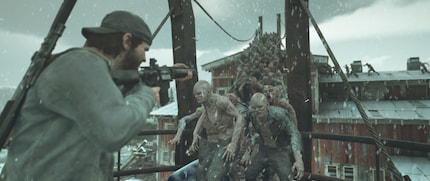
I take on the role of biker Deacon St John. The game’s set around two years after the outbreak of a pandemic that has turned most of humanity into bloodthirsty zombies (or, as the game calls them, Freakers). Deacon sets off on his motorcycle in search of his wife, who he thought dead. On his journey through the open game world, he battles truly massive (!) hordes of undead and plenty human enemies who make his post-apocalyptic life difficult.
My expectations for Days Gone were too high. During the PS3 and especially PS4 era, games from PlayStation Studios were the measure of all things for me. The Last of Us, Uncharted, God of War, Spider-Man – all genre-defining blockbusters that always raised the bar for other studios.
And then came Days Gone. A PlayStation Studios game that wasn’t groundbreaking, but just okay. The mediocre reviews (Opencritic gave it 72) put me off – but I still wanted to give the game a chance. Unfortunately, my impressions largely coincided with those of the trade press – or were they perhaps influenced by them?
Either way, my disappointment was immeasurable. The entirely ridiculous dialogue and unintentionally funny cutscenes stood in stark contrast to the otherwise highly polished storytelling I was used to from PlayStation. Its open-world gameplay also failed to captivate me in the first few hours – mainly due to confusing tutorials and a very slow start to the zombie action.
Around six years after the original launch, Sony released the game as a Remastered version for the PS5 in April 2025. In addition to graphical improvements, the paid upgrade also includes a new permadeath and arcade survival mode. The haptic feedback of Dualsense controllers is also supported. Enough reasons for me to give Deacon and the Freakers a second chance.
Free of any expectations or bad reviews from the press, I plunge into the adventure. Lo and behold, it clicked for me on the second attempt. Sure, the dialogue and cutscenes are still embarrassing. But the gameplay grips me. Fights against the sometimes humungous hordes of Freakers are particularly impressive. That feeling of running away from hundreds of undead is indescribably cool (and stressful) – especially in the new arcade survival mode, which offers non-stop action.
I also like the unconventional approach to the open game world. Deacon’s motorcycle is the central tool I can rely on in this post-apocalyptic environment. I have to repair, refuel and upgrade it regularly. Straying too far from this safe haven doesn’t feel great – after all, the next horde of Freakers could surprise me.
I should approach every game without great expectations or concrete ideas, and shouldn’t let my impressions be clouded by other opinions. Days Gone still isn’t a must-play or timeless classic. And that’s okay. Not every game has to reinvent the wheel and set new standards – even if it comes from the otherwise perfect PlayStation Studios.
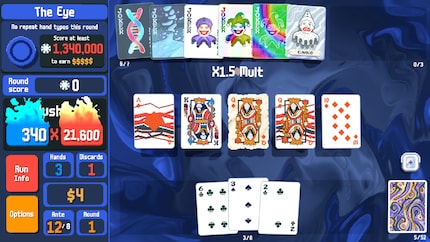
Balatro is a roguelike card game with poker elements. The principle behind the game is simple: I choose poker hands from a selection of cards. The better the hand, the more points I get, all with the aim of cracking an increasingly higher score in each round. Between rounds, I use the money I earn to buy various bonuses, multipliers and special cards for my deck.
I originally downloaded the game on my Nintendo Switch. The gameplay was fun, but I never explicitly wanted to play Balatro when I used the console. When I use the Switch in its TV dock, I feel like playing real console games. I conversely prefer playing more complex titles when I’m out and about with my Switch.
In short, Balatro was more of an in-betweeny game for me and didn’t fit in with the way I use my Switch.
Around six months after its release on PC and consoles, Balatro also dropped for iOS and Android. I wanted to test my thesis – would I enjoy Balatro more if I could play it on my phone in small bursts? In short: hell yes!
For a few months, I was downright addicted to the game. I played it on the train, before going to bed and on the loo. There’s always time for one more round. Then one round becomes two. Or sometimes even three. The game is perfect as a mobile title. I fell head over heels for the simple yet perfectly implemented gameplay loop.
In future, I’ll think carefully about which games I buy for what platform. Some games only develop their full potential when I can play them at the right moment on the right hardware.
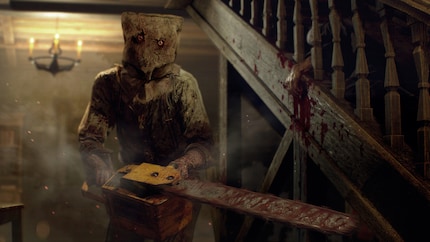
Special agent Leon S. Kennedy has to find and rescue the American President’s daughter in rural Spain. She was apparently kidnapped by a religious cult, but Leon soon realises things aren’t quite right. The members of the cult are all zombie-like creatures who want to eliminate Leon at all costs.
As a fourteen-year-old Domagoj in 2005, I thought it was incredibly cool that I could play an adult horror game on my kiddie console, the Nintendo Gamecube. What fourteen-year-old Domagoj didn’t know when he inserted the Resident Evil 4 disc was just how much the game would traumatise him.
I couldn’t get to grips with the groundbreaking horror title at all. After eight hours of playtime, I had to stop. Nightmares, sweating, shaky hands. I swore I’d never touch a horror game again.
With the 2023 Resident Evil 4 remake, I ventured back into the genre after almost 18 years of horror abstinence. The new edition just looked too cool for me to ignore. I was already a little nervous when starting the game.
Although the remake had been completely reworked, many of the locations and enemies were heavily based on the original. I saw the village square that set my pulse racing 18 years ago. I met the kind chainsaw man again who gave me nightmares. But I didn’t panic. The opposite in fact – I enjoyed being startled. A completely new experience for me, a scaredy cat until then. Maybe it was because I knew roughly what to expect? Or I was simply 18 years older and could handle virtual horror better than I used to.
For my part, I can’t draw any more lessons from this failure. But if I ever have children, I’ll look very carefully at the age rating and the content of the games.
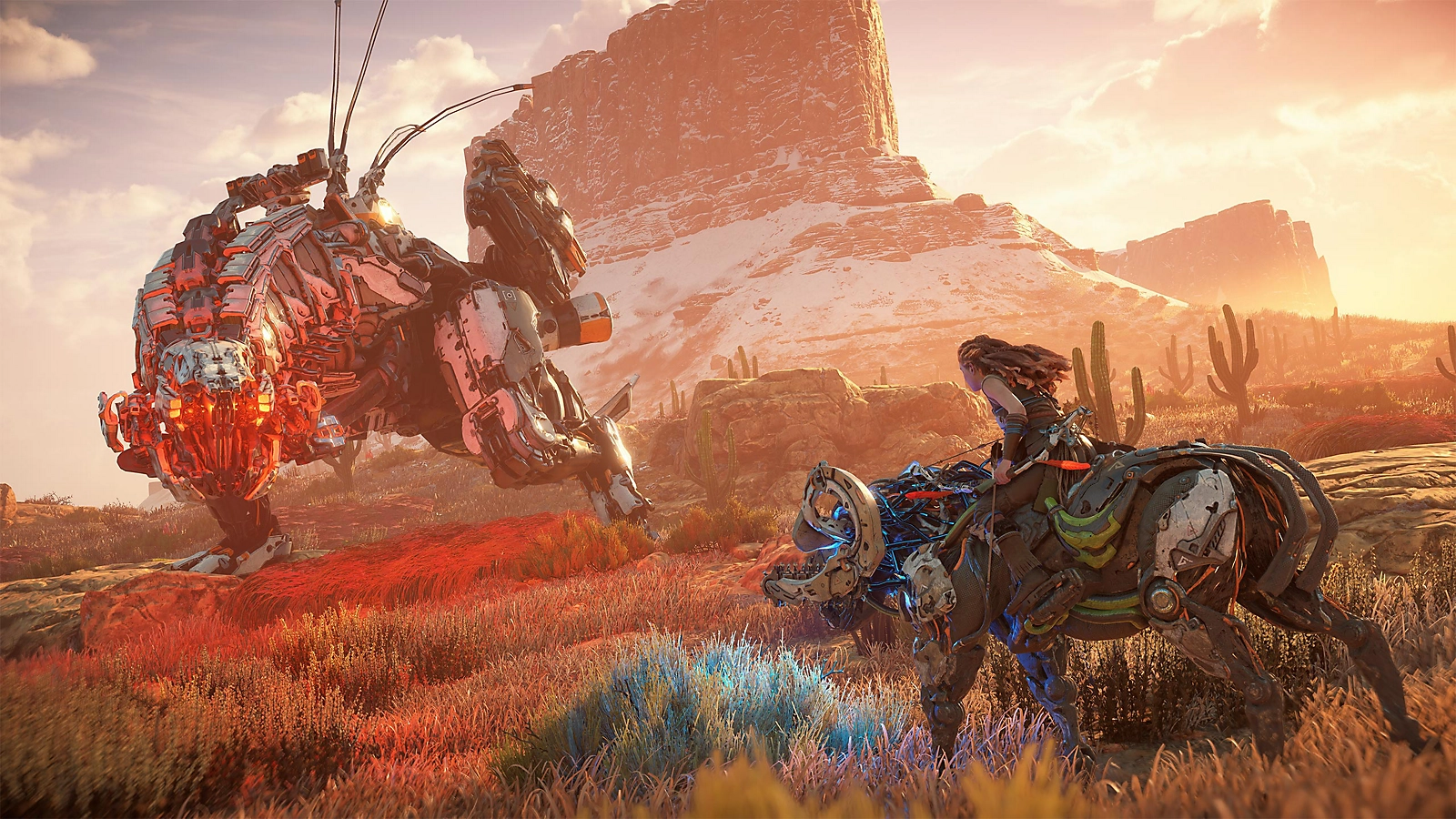
The post-apocalyptic world of Horizon is dominated by giant dinosaur robots. Humanity – or what’s left of it – lives in primitive tribes, with no knowledge of what the world was like before the robot apocalypse. I take on the role of ginger tribal warrior Aloy, who gradually uncovers the secrets behind these tin dinos on her adventure in the huge, open game world.
The Horizon game series is cursed. Every time a new game is released, it’s overshadowed by an even bigger open-world title. Don’t believe me? Behold the overwhelming evidence:
Luck this bad can only be explained by witchcraft. It’s the reason why I couldn’t deal with Horizon: Zero Dawn on release. After the true open world in Breath of the Wild, Horizon felt like a step backwards in every respect.
Nintendo’s revolutionary approach to open-world design stood in stark contrast to the very conservative game world design from Sony developer studio Guerilla Games. Less freedom of movement, fewer exciting secrets in the game world, but more run-of-the-mill missions and countless quest markers on the map. Yawn. After about ten hours of playtime, I gave up.
It took a while before the hype surrounding Breath of the Wild left me and I could open my heart to other open-world games again. Around two years after my first failed attempt, I ventured another foray into the robot post-apocalypse.
Lacking a direct comparison with Breath of the Wild, I saw the game world of Horizon from a completely new perspective. I didn’t get stuck on what makes Horizon worse compared to Breath of the Wild, but discovered what makes the game unique.
Fine, the world wasn’t completely open. I couldn’t climb every mountain and sail through the air. And I didn’t accidentally discover hidden secrets that knocked my socks off. Instead, I could fight killer robots the size of buildings with spectacular weapons and follow an excitingly written story that kept me glued to the controller until the end. In addition, the simple but always solid mission structure motivated me to 100 per cent the game and earn my platinum trophy.
It’s worth taking breaks between games that belong to the same or a similar genre. A bit of distance and genre withdrawal allowed me to see many things from a new perspective.
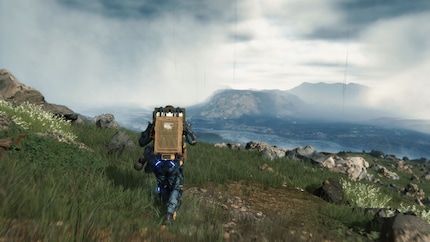
If any game deserves to be called a walking simulator, it’s Death Stranding. In Hideo Kojima’s action-adventure epic, I take on the role of courier Sam Porter. Set in a post-apocalyptic version of the USA, he transports various supplies to distant colonies and tries to connect them with a communication network. To reach his destination, Sam has to walk long ways with plenty of heavy luggage. Seriously, there’s so much walking.
The world of Death Stranding fascinated me from the very beginning. When I played the game at release, however, my mental health wasn’t great – not an ideal prerequisite for dealing with the dark themes of the game.
As the name suggests, Death Stranding is all about death. Invisible creatures (BTs), which represent a connection to the afterlife, roam the post-apocalyptic landscape and attack Sam on his errands. To actually see these beings, Sam is equipped with a Bridge Baby – a premature infant that exists between the world of the living and the dead.
In my condition at the time, these concepts were too heavy a burden. I needed a break from the hopeless world of Death Stranding.
Around three years after my failed first attempt, I gave the game a second chance, this time over Christmas. I felt much better generally and hoped I’d cope better with the gloomy subject matter that time. Nevertheless, I was nervous when I started the game again.
But the risk was worth it. I knew what I was letting myself in for and could better understand the oppressive atmosphere than on my first attempt. What’s more, I’m beginning to understand that the seemingly hopeless world of Death Stranding might not be so hopeless after all.
To me, the game represents the idea that it’s worth cultivating and maintaining human relationships, even in difficult times. Just like Sam Bridges does when setting up a communication network between individual colonies.
Another neat feature: even though I’m completely alone in the desolate game world most of the time, I discover more and more traces of other Death Stranding players from all over the world as the game progresses. You can build structures in the game – bridges, roads and ladders – which other players with an online connection can then also use. Kinda heartwarming. I feel connected to other fans without communicating directly with them.
It’s fine if a game puts me off with its hard-to-digest content if I don’t feel mentally in top shape. Waiting for better times and approaching the matter from a more positive perspective is worth it.
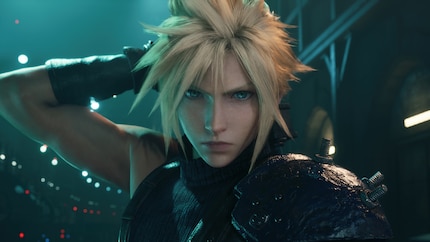
Let’s move on to part one in the remake trilogy of a classic PlayStation role-playing game. I take on the role of mercenary Cloud Strife, who joins the eco-terrorist group Avalanche to stop megacorporation Shinra. The company is extracting the life essence from the planet in order to generate energy – sometimes with fatal consequences.
I was really looking forward to the remake, not least because I never played the original. The game grabbed me right from the start; I felt right at home in the dystopian city of Midgar. I also enjoyed the revised real-time combat system.
But there was one problem: I started the game at the stupidest possible time, just before a holiday. I played for around ten hours before I had to part with my PS5 for quite some time. After several weeks of absence, I was then distracted by newer games. When, after two months, I got over myself to continue playing my save, I was completely overwhelmed. Where the heck was I? What was I doing there? How did Cloud control in battle, and what the devil was a Limit Break again? With a heavy heart, I put the game aside and turned my attention to other titles instead.
About a year after my unsuccessful attempt to dive back into the game, I decided to start all over again. Enough time had passed that I could only dimly remember the first ten hours of the game.
My second attempt worked; the timing was perfect. I had no more stupid holidays coming up and didn’t get distracted by new games.
With long games in particular, it’s worth considering exactly when I want to start. I hate getting back into a game I’ve started after several weeks of break. If I’m going to play a 50-hour game, I’m going to play it in one go.
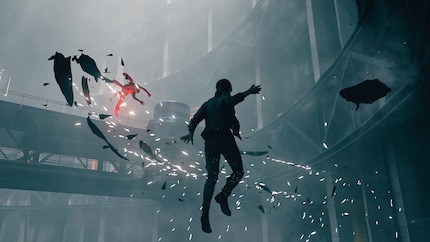
In Control, developed by studio Remedy, I take on the role of Jesse Faden and explore the Federal Bureau of Control (FBC for short) in search of her missing brother. The mysterious agency investigates paranormal phenomena. Accordingly, Jesse is confronted with all kinds of strange happenings on her journey through the cursed headquarters of the FBC. Over time, Jesse acquires paranormal abilities herself – she floats through the air and flings enemies around with telekinesis. The game is part of the interconnected Remedyverse, which also includes the Alan Wake games.
I actually liked the premise and the mysterious atmosphere reminiscent of David Lynch. The gameplay was exciting too. Unfortunately, Control was almost unplayable for me on the PS4 at launch. The ageing console managed just under 30 frames per second. During more action-packed scenes, the hardware completely gave up and the frame rate plummeted. I just couldn’t enjoy the game that way. With a heavy heart, I decided to uninstall Control from my PS4.
After playing through psychological horror masterpiece Alan Wake 2 (2023), I wanted to delve deeper into the interwoven Remedyverse. I decided to give Control another chance – this time on the PS5. At a smooth 60 frames per second, I could finally play the game properly. Without the technical hurdles, I immersed myself in the surreal world of Control and fell completely in love with the game.
It’s not worth playing games with state-of-the-art technology as an inferior version on outdated hardware. I’m not a pixel counter or a graphics fetishist, but when the technical performance of a game distracts me from the content, even I have to look for an alternative solution.
Which games have you successfully given a second chance?
My love of video games was unleashed at the tender age of five by the original Gameboy. Over the years, it's grown in leaps and bounds.
This is a subjective opinion of the editorial team. It doesn't necessarily reflect the position of the company.
Show all